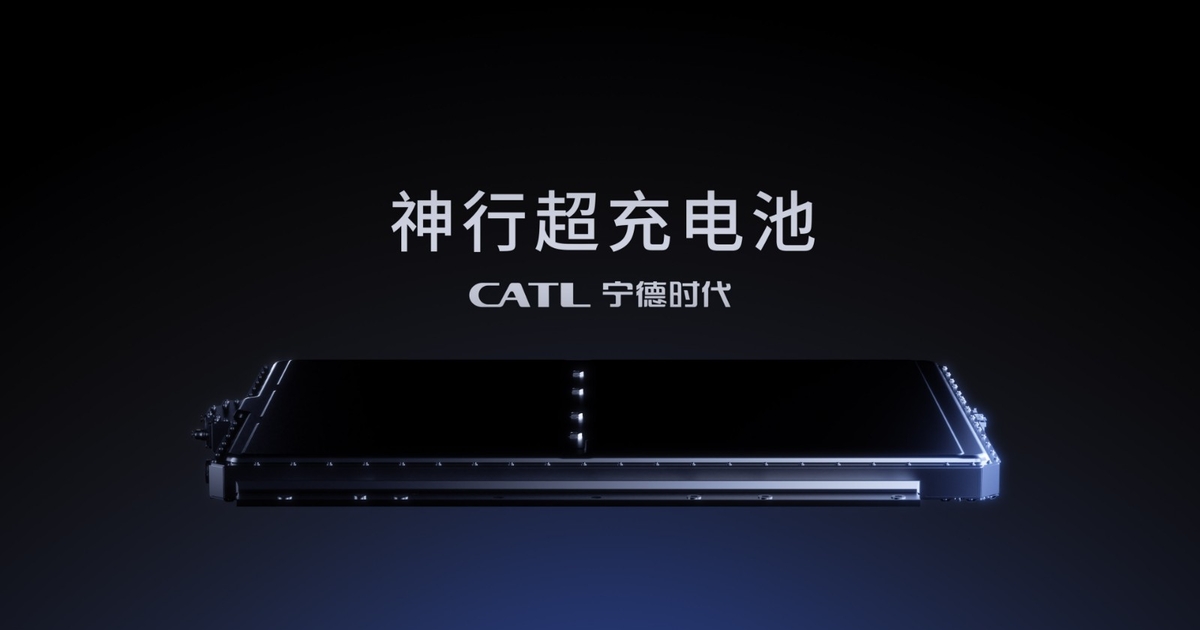CATL has become the world’s leading supplier of electric car batteries and boasts an arm’s length customer repertoire. At the top of the list is Tesla, which sources some of its models from the Chinese company, including the Model 3 Propulsion (SR+) produced in Shanghai. They use LFP (lithium-iron-phosphate) cells, unlike the majority of electric cars which use NMC (nickel-manganese-cobalt) lithium-ion batteries.
LFP technology offers many advantages, starting with a lower production cost than NMC lithium-ion batteries. LFP packs are also more stable and less prone to thermal runaway, do not use cobalt, the extraction methods of which are often controversial, and are more tolerant of full charges, which tend to wear out lithium-ion batteries. NMC.
However, if LFP batteries are not as popular as NMC lithium-ion batteries in current automotive production, it is because their energy density is lower. To obtain the same capacity as with an NMC lithium-ion pack, you need an even bigger and heavier battery, which has, for example, prompted Renault to turn its back on this technology.
More than 700 km range and a charge from 0 to 80% in 10 minutes
However, like NMC lithium-ion batteries, LFP cells are making significant progress. CATL thus announces its latest generation of LFP batteries, called Shenxing, capable of offering a range of up to more than 700 km. This figure is unfortunately not sufficient on its own, since it greatly depends on the vehicle in question and the homologation cycle used.
Thankfully, CATL is a little more talkative about recharging its new battery, which claims 4C rating for the first time. This corresponds to a load of 12 A above the expected diffusional current limit; a first for an LFP technology battery.
So, at room temperature, it would only take 10 minutes to regain 80% capacity of the Shenxing battery. This time would increase to 30 minutes when the thermometer drops to -10°, which remains well above current LFP batteries, which are sensitive to low temperatures.
Production of CATL’s first LFP Shenxing cells is expected to begin by the end of 2023, which would allow the launch of electric cars carrying them from the first quarter of 2024.
